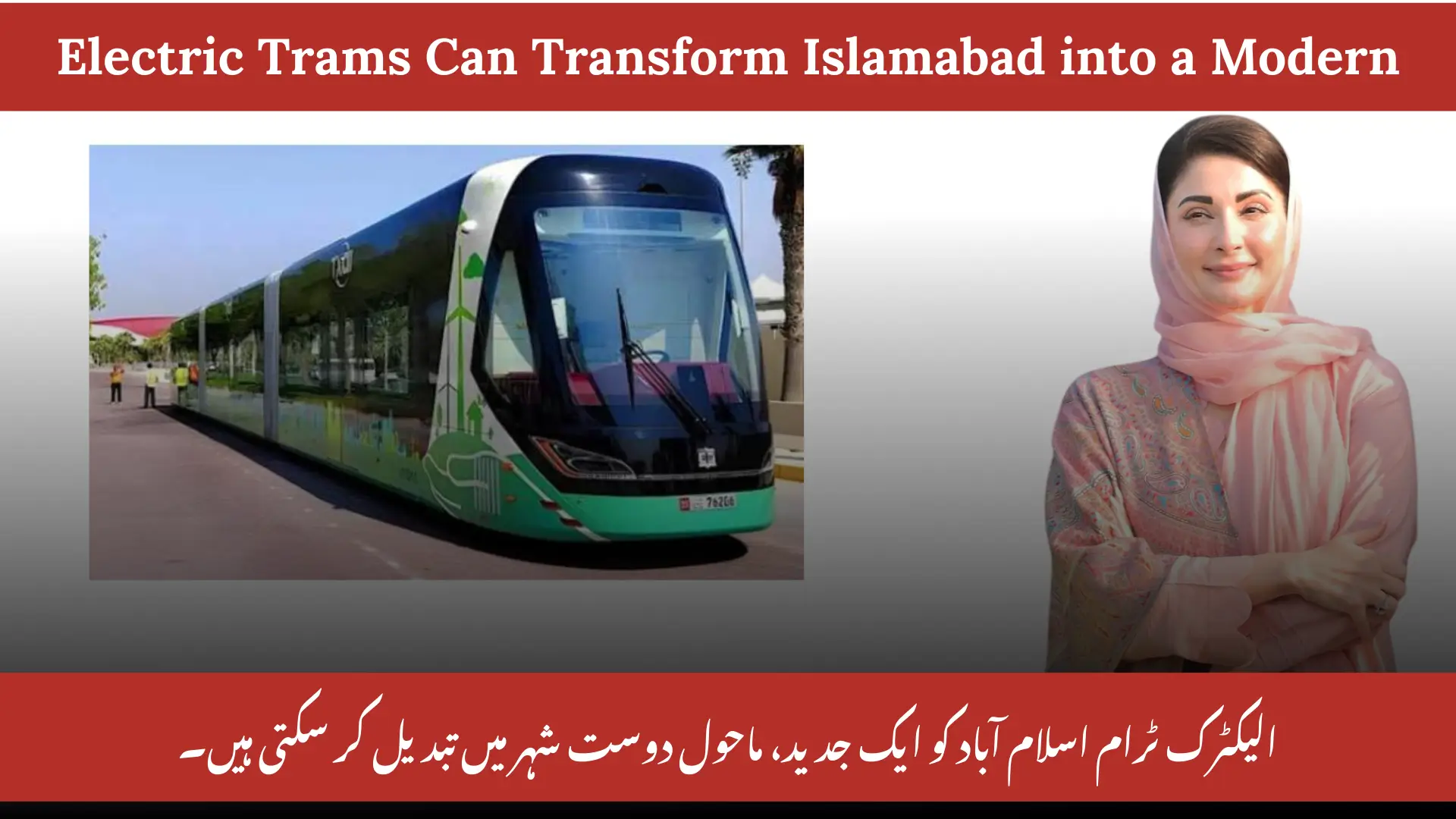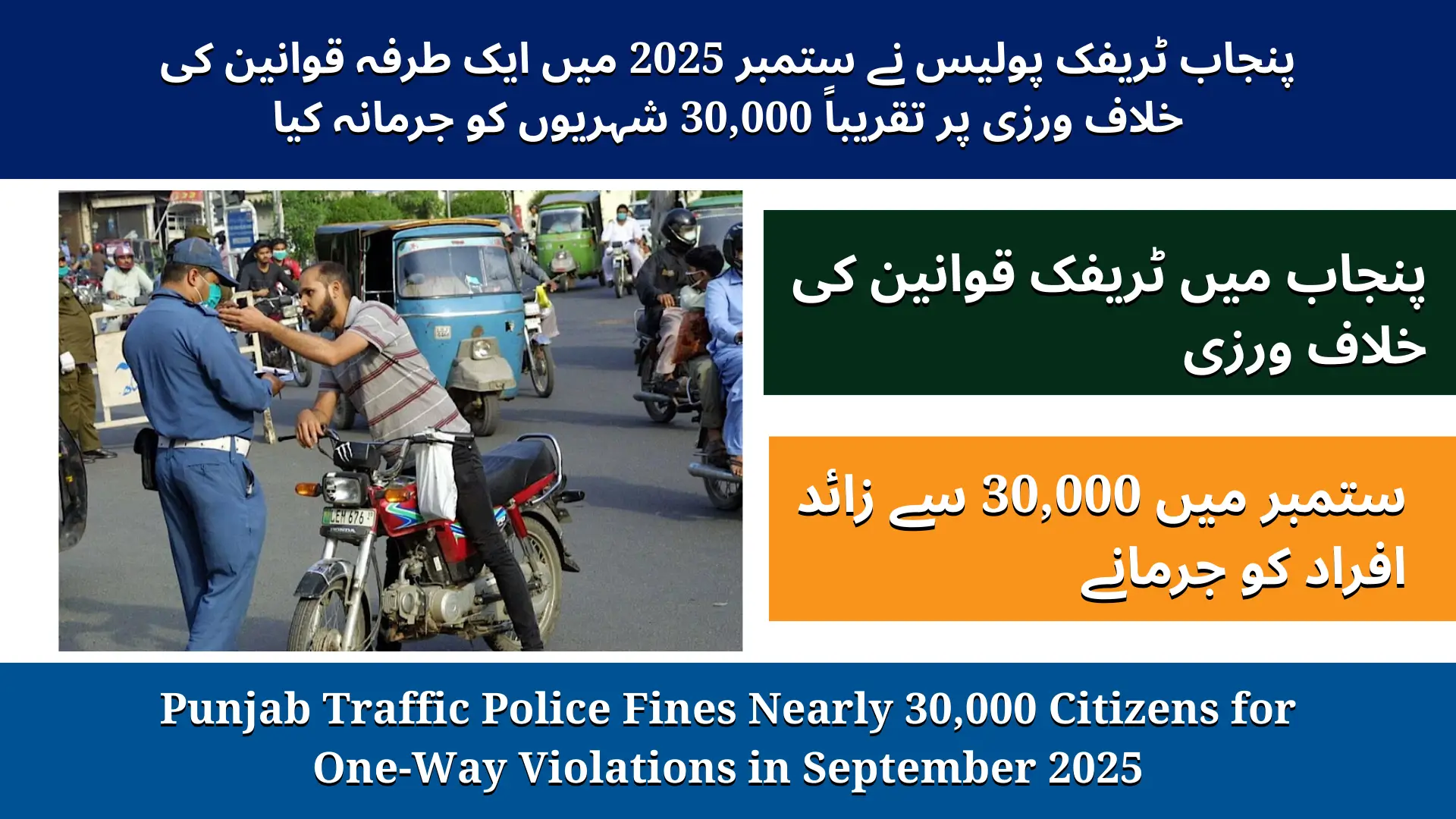Electric Trams Can Transform Islamabad into a Modern, Eco-Friendly City. Cities around the world are facing two major problems: rising traffic congestion and the urgent need to reduce carbon emissions. With climate change threatening our future, modern cities must adopt cleaner and smarter transport systems. One of the most effective solutions is the electric tram system, a mode of travel that combines sustainability, efficiency, and accessibility.
Pakistan has already taken steps in this direction. The first electric tram system was introduced in Lahore, and plans are underway to bring the same system to Islamabad. This innovation is more than just a transport upgrade — it is a long-term investment in cleaner air, reduced congestion, and better quality of urban life.
What is an Electric Tram System?
An electric tram system is a rail-based transport powered by electricity instead of fossil fuels. Unlike buses, trams run on fixed tracks laid along roads or separate corridors. Electricity is usually supplied through overhead wires or underground systems, ensuring smooth, efficient, and eco-friendly operation.
Modern trams in Pakistan are designed with double-unit carriages that can carry up to 250 passengers at a time. With rapid charging technology, a tram can charge for just 10 minutes and then cover a distance of nearly 25 kilometers, making it practical and reliable for daily city commuting.
How Electric Trams Can Transform Islamabad into a Modern City
The importance of introducing electric trams in Islamabad lies in their ability to reduce both pollution and traffic congestion. Cities around the world face problems of smog, health issues, and long commuting times. Electric trams offer a solution that is environmentally friendly, efficient, and sustainable.
Environmental and Operational Benefits
Electric trams stand out for their environmental benefits. They:
- Cut greenhouse gas emissions by replacing fossil-fuel vehicles.
- Run quietly, lowering noise pollution in busy urban areas.
- Offer predictable schedules because they operate on fixed routes and are less affected by road congestion.
When powered by renewable energy like solar or wind, trams become an even more sustainable part of urban infrastructure. This means clean air, lower energy costs, and a healthier city environment.
Why Modern Cities Need Electric Trams
The importance of electric trams lies in their ability to improve urban life. Unlike diesel buses, they do not release harmful gases into the air, which helps in reducing respiratory diseases and other health risks caused by pollution.
Another advantage is efficiency. A single tram can carry hundreds of passengers in one trip, which reduces the number of private cars on the road. This directly reduces traffic jams, especially during peak hours, and makes public transport more attractive for daily commuters.
Passenger Experience on Electric Trams
Electric trams are not only eco-friendly but also comfortable and inclusive.
They provide:
- Level boarding platforms, making it easy for people in wheelchairs, senior citizens, or parents with strollers to travel.
- A smoother ride than buses, with less vibration and noise.
- Frequent services, including night operations, ensuring reliable transport for all city residents.
These features make the electric tram system a people-centered solution, meeting the needs of diverse communities.
Costs, Lifespan, and Value for Cities
Building tram infrastructure requires significant upfront investment for tracks, power systems, and vehicles. However, trams have a longer operating life than buses and cars. Cities usually recover these costs through increased ridership, fare collection, and economic development along tram routes.
Studies worldwide show that areas near tram lines often see growth in housing, schools, and businesses, making them lively and attractive urban neighborhoods. In Islamabad, this can lead to better property values, improved public spaces, and enhanced city planning.
Sustainable City Development and Electric Trams
The electric tram system is closely linked with smart urban planning. By building communities around tram stations, cities encourage:
- Walkable neighborhoods, reducing dependence on private cars.
- Mixed-use development with schools, shops, and offices near transport hubs.
- Economic growth through better accessibility and increased business activity.
For Islamabad, introducing electric trams could set the foundation for a modern, sustainable capital city, making it a model for other Pakistani cities to follow.
Global Success Stories of Electric Trams
Electric trams are a proven solution worldwide. Cities such as Amsterdam, Melbourne, and Vienna rely heavily on trams to reduce congestion and provide efficient public transport.
Some global successes include:
- Melbourne, Australia: One of the largest tram networks in the world, transporting over 400,000 passengers daily.
- Vienna, Austria: Trams run on electricity, reducing city carbon emissions significantly while keeping traffic fluid.
- Amsterdam, Netherlands: Integration with buses and bicycles creates a complete eco-friendly transport ecosystem.
These cities demonstrate that electric trams increase public transport usage, reduce pollution, and enhance urban life.
Pakistan’s Progress with Electric Trams
Pakistan has made significant progress in adopting electric trams.
- Lahore: Launched the first electric tram system, providing a safe, clean, and efficient transport option for city residents.
- Islamabad: Plans are underway to introduce a similar electric tram network, connecting major residential areas with business districts.
By following lessons from international models and local experiences, Pakistan can transform its urban mobility system into a modern and sustainable one.
Social and Economic Benefits
Electric trams do more than improve transportation—they enhance the social and economic fabric of cities.
- Job creation: Construction and operation of tram systems generate employment opportunities.
- Increased business: Shops, restaurants, and services near tram stations benefit from higher foot traffic.
- Health benefits: Cleaner air reduces respiratory illnesses and overall healthcare costs.
- Accessibility: Affordable fares make trams inclusive for all social groups, improving urban mobility equality.
Challenges and Solutions
Despite the benefits, implementing electric trams comes with challenges:
- High initial costs: Tracks, power supply, and vehicles are expensive.
- Solution: Government funding, public-private partnerships, and international loans can cover upfront costs.
- Integration with existing transport: Coordinating trams with buses and ride-sharing systems is necessary.
- Solution: Smart planning and scheduling ensure smooth connectivity.
- Public awareness: People may prefer cars over trams initially.
- Solution: Incentives, awareness campaigns, and comfortable service can encourage adoption.
With proper planning, these challenges can be overcome, and the benefits outweigh the costs significantly.
Future of Urban Mobility with Electric Trams
The future of cities lies in sustainable and efficient transport systems. Electric trams play a central role in this vision:
- Reduced carbon emissions
- Less traffic congestion
- Increased public transport usage
- Safer and cleaner urban environments
As technology improves, trams will charge faster, run longer distances, and operate with smart city integrations, making them the backbone of modern urban mobility.
Electric Trams vs Traditional Buses
| Feature | Electric Trams | Diesel Buses |
|---|---|---|
| Emissions | Zero if powered by electricity | High, releases CO2 and pollutants |
| Noise | Very low | Loud, contributes to noise pollution |
| Capacity | Up to 250 passengers | 50–70 passengers |
| Reliability | Operates on fixed tracks, less affected by congestion | Can get stuck in traffic |
| Cost per km | Lower operating cost | Higher fuel and maintenance costs |
| Lifespan | 25+ years | 10–15 years |
Clearly, electric trams offer long-term advantages over conventional buses in urban areas.
How Electric Trams Can Change Islamabad’s Urban Life
- Better Air Quality: Less smoke, fewer fumes, and reduced city smog.
- Reduced Traffic Congestion: Fewer private cars mean smoother roads.
- Enhanced Public Transport Experience: Comfortable, reliable, and fast.
- Economic Development: Areas around tram stations thrive commercially.
- Inclusive Mobility: Elderly, children, and disabled people travel easily.
Electric trams transform urban life by combining environmental, social, and economic benefits.
Conclusion
Electric trams can transform cities by offering a sustainable, efficient, and inclusive mode of transport. They cut pollution, reduce traffic congestion, improve public health, and boost local economies. Pakistan’s adoption of electric trams in Lahore, and soon Islamabad, shows a commitment to modern, eco-friendly urban development.













